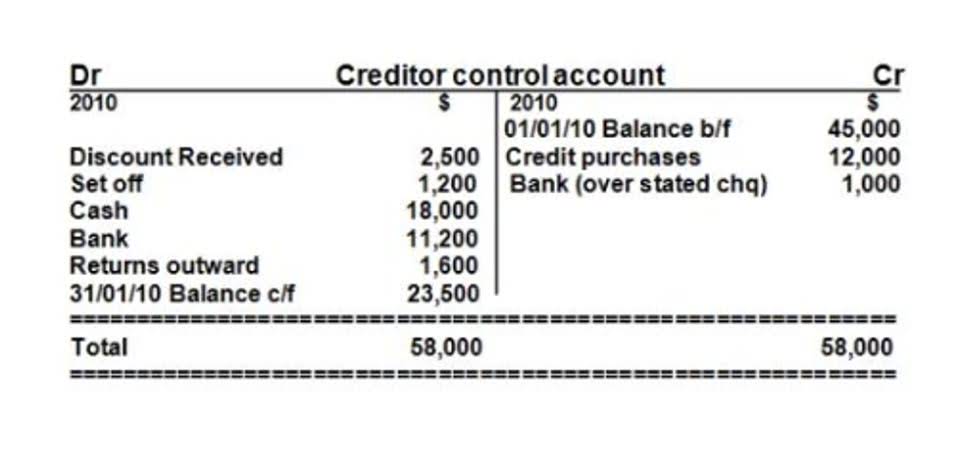
However, sales of assets such as land, building, https://www.bookstime.com/ and furniture are not recorded in the sales journal because they are sold infrequently. If your customer purchased using a credit card, then you use accounts receivable instead of cash. When you credit the revenue account, it means that your total revenue has increased. This is because of the fact that sales are basically an income-generating operation, so sales are entered in the credit side of the sales journal. It does not only contain the price of the cost of goods sold, it also updates inventory. Special journals record transactions chronologically, which reduces the chances of fraudulent alteration in an account.
Example of Sales Journal Entry

In addition, his sale of the revised The Complete Book of Juicing to Clarkson Potter that has sold over 500,000 in total. Ask the experts, read the views of sales thought-leaders, or give us your view. Search hundreds of articles on sales by keyword or author’s name.
Sales Journal FAQs
- This total is then posted as a debit in the accounts receivable control account and as a credit to the general ledger sales account.
- The credit entry increases the Sales Revenue, indicating the earning of income.
- This entry is crucial for capturing the essence of business transactions related to sales within a specific accounting period, reflecting the company’s operational success and its ability to generate earnings.
- With a unique talent for merging the worlds of business, health and spirituality, Michael enjoys developing long-term client relationships based on a deep sense of caring and integrity.
- The sales journal is simply a chronological list of the sales invoices and is used to save time, avoid cluttering the general ledger with too much detail, and to allow for segregation of duties.
- This entry records the amount of money the customer owes the company as well as the revenue from the sale.
A copy of the sale invoice is also generated and handed down to the customer. The identification number mentioned in the invoice allows for helping track down that particular sale. Originally, sales tax funds were restricted to classroom-related expenditures. The scope was expanded to include the installation of tracks, gymnasiums, covered play areas and other improvements. Select the content CATEGORY and/or article TAG from the dropdown menus to find the sales topic you need. Then press the FILTER BUTTON sales journal to display list of relevant articles.
- This transaction increases both the company’s assets (cash) and its equity (through sales revenue).
- One special journal will record cash receipts, and another will record cash payments.
- In the Sales journal, the Accounts Receivable account is debited, which increases in value.
- After the posting, the account number or a check is placed in the post reference (Post Ref.) column.
- For a cash sale, debit the Cash account to increase assets and credit the Sales Revenue account to reflect earned income.
- At the end of each accounting period (usually monthly), the sales journal double entry is used to update the general ledger accounts.
Scenario 2: Credit Sale
- The sale is recorded by debiting the appropriate asset account (Cash or Accounts Receivable) and crediting the Sales Revenue account.
- Using a sales journal significantly decreases the amount of work needed to record transactions in a manual system.
- That is why the general journal is divided up into smaller journals like the sales journal, cash receipts journal, and purchases journal.
- Instead, you collect sales tax at the time of purchase, and you make payments to the government quarterly or monthly, depending on your state and local rules.
- However, each invoice noted in the Sales journal must be carefully recorded in each customer’s account.
If possible, different individuals should record transactions in each of the special journals. To overcome this problem, the journal is split into sub-journals called special journals, which are designed to record transactions of a specific nature. In small businesses, where transactions occur infrequently, each transaction is recorded in a general journal and then adjusting entries posted to the related accounts in the general ledger.
These two are basically the same columns but the name just changes depending on whether the client made a purchase on credit or by paying cash. If the payment is made in cash, the column becomes the sales column, but when it is paid on credit, the column becomes account receivables. Each client is given a certain number and the same number, post reference is different from the account debited, as this does not contain the amount of money for a particular order from the client. In special journals, each transaction is recorded in a single line designed to provide all the necessary information.

For instance, cash is an asset account, while cost of goods sold is an expense account. You also have to make a record of your inventory moving and the sales tax. That’s because the customer pays you the sales tax, but you don’t keep that amount. Instead, you collect sales tax at the time of purchase, and you make payments to the government quarterly or monthly, depending on your state and local rules. These types of entries also show a record of an item leaving your inventory by moving your costs from the inventory account to the cost of goods sold account. Some businesses keep a different purchase and sale journal, while some journals keep the record of purchases and sales in the same journal.
Sales Journal Entry
This entry is crucial for capturing the essence of business transactions related to sales within a specific accounting period, reflecting the company’s operational success and its ability to generate earnings. The Post Ref. column in the subsidiary ledger and controlling accounts is labeled SJ-1 to represent page 1 of the sales journal. The sales journal, sometimes called the credit sales journal, is used to record all sales made on account.

Sales Journal (Sales Day Book)

For locations with sales taxes, you also need to record the sales tax that your customer paid so you know how much to pay the government later. Here are a few different types of journal entries you may make for a sale or a return depending on how your customer paid. Debits and credits work differently based on what type of account they are.
